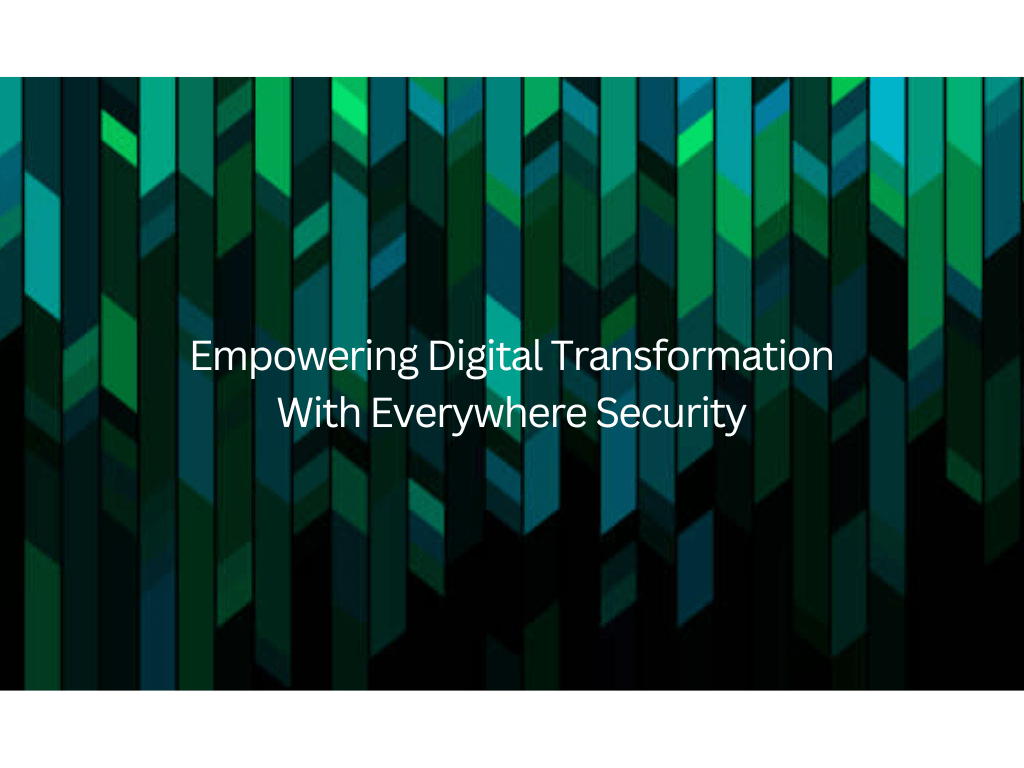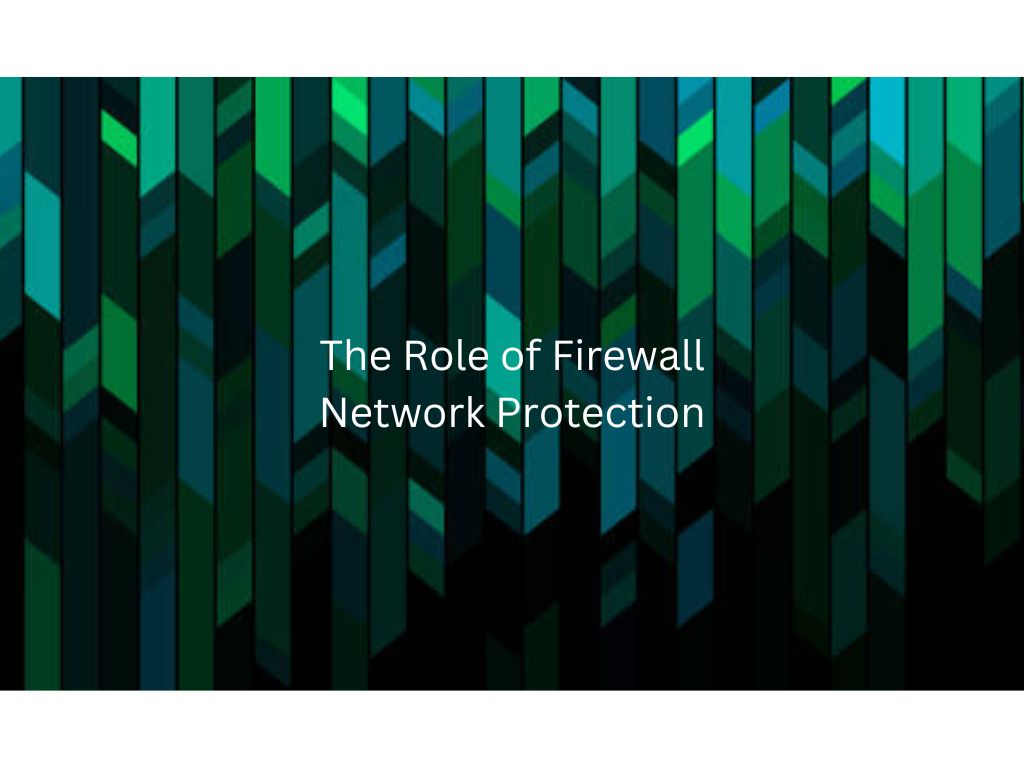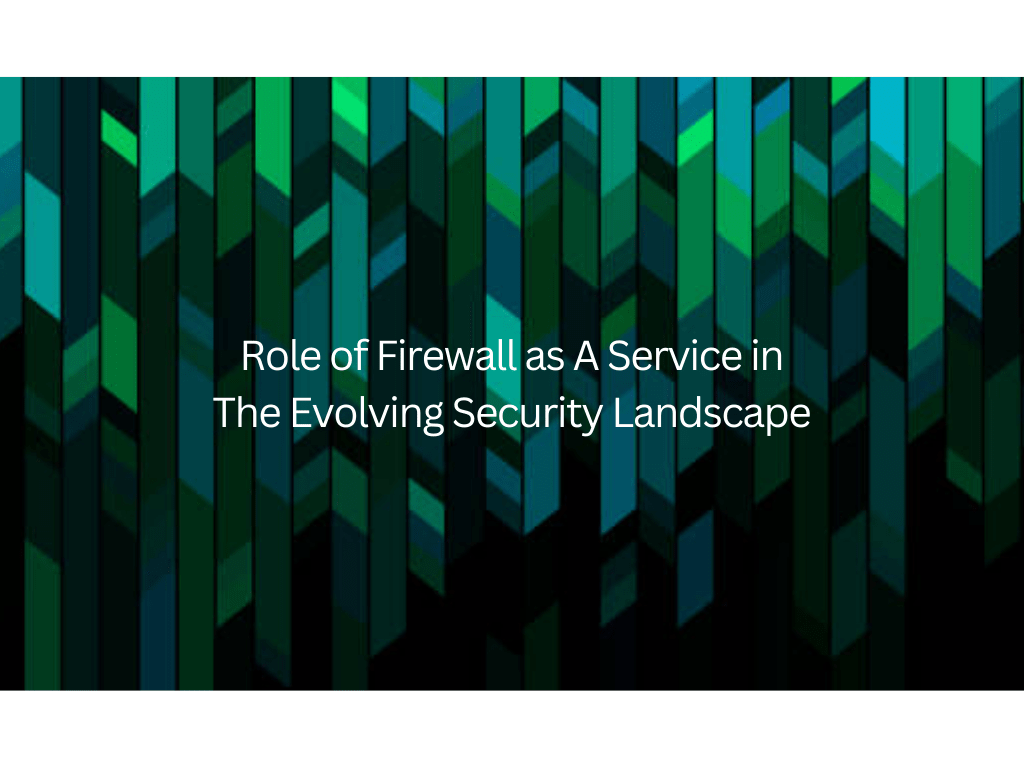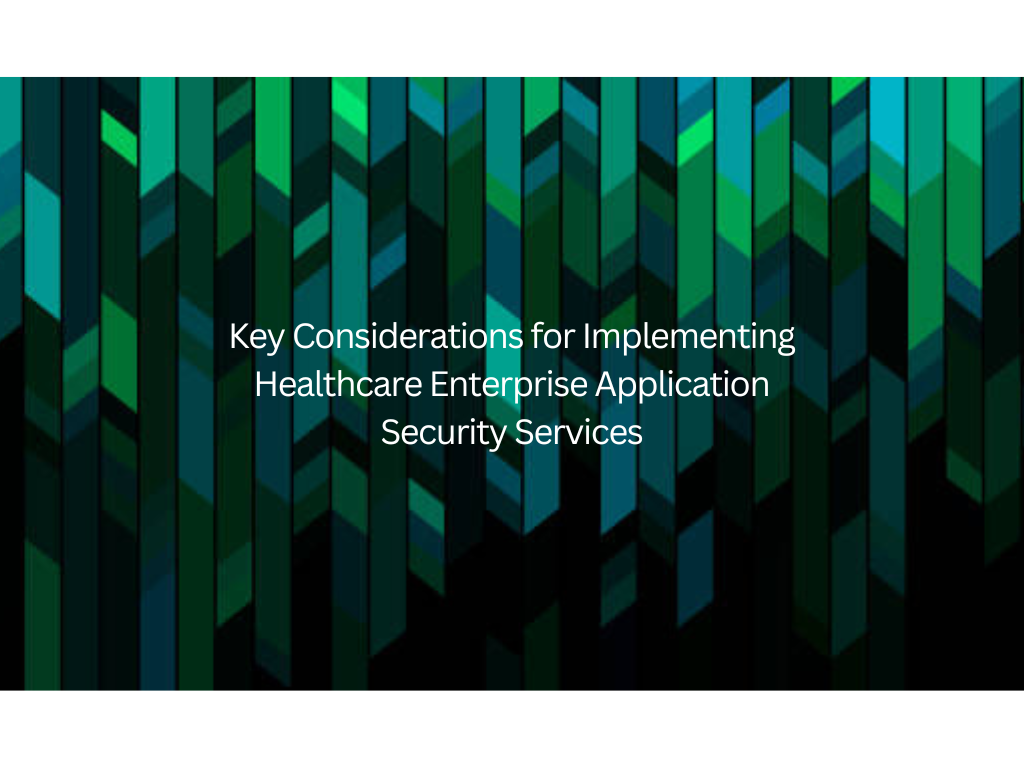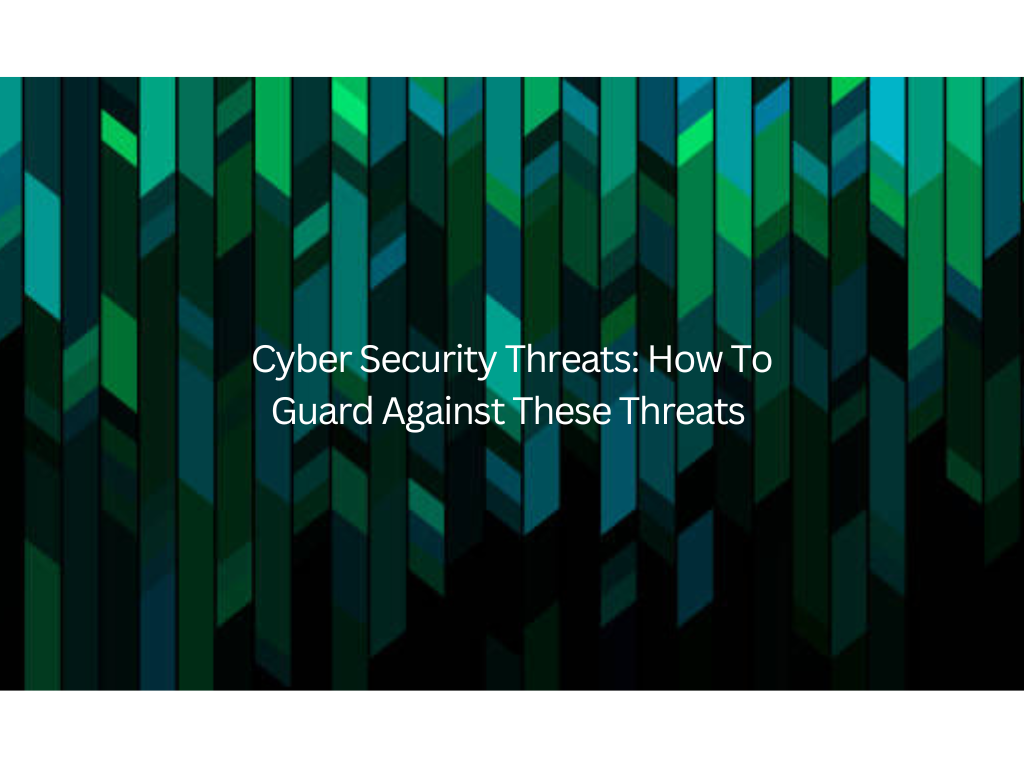Digital transformation is reshaping businesses and industries, driving innovation, and creating new opportunities for growth. However, with the increasing reliance on technology and the growing threat landscape, organizations need to prioritize cybersecurity to safeguard their digital assets and operations. Everywhere security, a comprehensive and integrated approach to cybersecurity, is crucial for empowering digital transformation initiatives and ensuring a secure digital environment.
Everywhere security involves implementing security measures across all aspects of an organization’s digital landscape, including cloud computing, Internet of Things (IoT) deployments, remote work scenarios, data protection, security operations, identity and access management (IAM), compliance, threat intelligence and trusted partnerships with security providers. Let’s take a closer look at how everywhere security empowers digital transformation.
- Securing Cloud Computing: Cloud computing has become a fundamental element of digital transformation, enabling organizations to scale their operations, improve agility, and access advanced technologies. However, securing cloud environments is a critical challenge as it involves protecting sensitive data, managing access controls, and ensuring compliance. Everywhere security involves implementing robust security measures in cloud environments, such as encryption, access controls, and continuous monitoring, to protect against data breaches, insider threats, and other cyber attacks. Organizations should also leverage cloud-native security tools and services provided by cloud providers to enhance their security posture and ensure that their cloud-based applications and data are protected.
- Safeguarding IoT Deployments: The proliferation of IoT devices has revolutionized industries, from manufacturing and healthcare to transportation and smart cities. However, IoT devices are often vulnerable to cyber attacks due to their inherent lack of security measures. Everywhere security includes implementing security measures in IoT deployments, such as device authentication, encryption, and network segmentation, to protect against IoT-related cyber threats. Organizations should also regularly update and patch IoT devices, monitor their traffic for anomalies, and implement robust security practices throughout the entire IoT ecosystem to ensure the integrity and confidentiality of data transmitted and processed by IoT devices.
- Enabling Secure Remote Work: The COVID-19 pandemic has accelerated the adoption of remote work, making it a critical aspect of digital transformation. However, remote work scenarios present unique security challenges, such as securing remote access, protecting against phishing attacks, and securing home networks. Everywhere security involves implementing security measures that enable secure remote work, such as multi-factor authentication (MFA) for remote access, virtual private networks (VPNs) for secure communication, and security awareness training for employees. Organizations should also regularly assess the security of remote work setups, provide remote workers with secure tools and technologies, and enforce security policies to protect against cyber threats targeting remote work scenarios.
- Enhancing Data Protection: Data is a valuable asset for organizations, and protecting it is critical for digital transformation. Everywhere security includes implementing robust data protection measures, such as data encryption, data classification, and data loss prevention (DLP), to safeguard sensitive data from unauthorized access, theft, or leakage. Organizations should also implement data backup and disaster recovery plans to ensure business continuity in case of data breaches or other security incidents. Additionally, organizations should have clear data handling policies and procedures in place, and ensure that employees are trained on data privacy best practices to protect sensitive information.
- Streamlining Security Operations: Managing security operations efficiently is crucial for organizations to effectively detect, respond to, and mitigate cyber threats. Everywhere security involves implementing security operations tools that provide a unified view of security events across an organization’s entire environment, automate security workflows, and enable timely threat detection and response. Security information and event management (SIEM) solutions, security orchestration, automation, and response (SOAR) platforms, and threat intelligence platforms are examples of tools that can streamline security operations and enhance an organization’s ability to detect and respond to cyber threats in a timely manner.
- Emphasizing Identity and Access Management (IAM): IAM is a critical component of everywhere security, as it involves managing user access and privileges across an organization’s digital landscape. Organizations should implement strong IAM practices, such as role-based access controls (RBAC), multi-factor authentication (MFA), and privileged access management (PAM), to ensure that only authorized users have access to sensitive data and systems. IAM solutions can also help organizations streamline user provisioning, deprovisioning, and access request processes, ensuring that users have the appropriate level of access based on their roles and responsibilities. By implementing robust IAM practices, organizations can reduce the risk of unauthorized access and protect against insider threats.
- Ensuring Compliance: Compliance with industry regulations and data protection laws is critical for organizations, especially those operating in regulated industries such as healthcare, finance, and government. Everywhere security involves implementing security measures that ensure compliance with relevant regulations, such as the General Data Protection Regulation (GDPR), the Health Insurance Portability and Accountability Act (HIPAA), and the Payment Card Industry Data Security Standard (PCI DSS). This includes implementing security controls, conducting regular audits and assessments, and maintaining documentation to demonstrate compliance. Organizations should also stay updated with the evolving regulatory landscape and adjust their security measures accordingly to ensure ongoing compliance.
- Leveraging Threat Intelligence: Threat intelligence plays a crucial role in everywhere security, as it enables organizations to proactively identify and respond to emerging cyber threats. Organizations should leverage threat intelligence from various sources, such as threat feeds, security vendors, and industry forums, to stay informed about the latest threats and vulnerabilities. This allows organizations to take proactive measures, such as patching vulnerabilities, updating security configurations, and implementing additional security controls, to mitigate the risk of cyber attacks. Threat intelligence also helps organizations understand the tactics, techniques, and procedures (TTPs) of cyber attackers, allowing them to better prepare and respond to potential threats.
- Building Trusted Partnerships: Building trusted partnerships with security providers is another crucial aspect of everywhere security. Organizations should carefully select and collaborate with reputable and trusted security vendors, managed security service providers (MSSPs), and cybersecurity experts to enhance their security posture. Trusted partnerships can provide organizations with access to specialized expertise, advanced security technologies, and threat intelligence, allowing them to better defend against cyber threats. Organizations should also establish clear lines of communication and collaboration with their security partners, ensuring that security measures are aligned with their digital transformation initiatives and business objectives.
In conclusion, everywhere security is a critical enabler of digital transformation. Organizations need to implement a comprehensive and integrated approach to cybersecurity that covers all aspects of their digital landscape to safeguard their digital assets, operations, and customers. Everywhere security involves securing cloud computing, safeguarding IoT deployments, enabling secure remote work, enhancing data protection, streamlining security operations, emphasizing IAM, ensuring compliance, leveraging threat intelligence, and building trusted partnerships with security providers. By prioritizing everywhere security, organizations can empower their digital transformation initiatives with confidence, ensuring that their digital environment is secure, resilient, and aligned with their business objectives.
As organizations continue to embrace digital transformation, cybersecurity must be at the forefront of their strategic initiatives. Everywhere security provides organizations with the comprehensive and integrated approach necessary to protect their digital assets, operations, and customers. By implementing robust security measures across all aspects of their digital landscape, organizations can minimize the risk of cyber threats, data breaches, and reputational damage. Everywhere security enables organizations to confidently embrace new technologies, expand their digital footprint, and achieve their business objectives.
Are you ready to empower your digital transformation with everywhere security? Contact our experts today to learn how we can help you safeguard your digital environment and achieve your business goals. Together, we can build a secure and resilient digital future.
